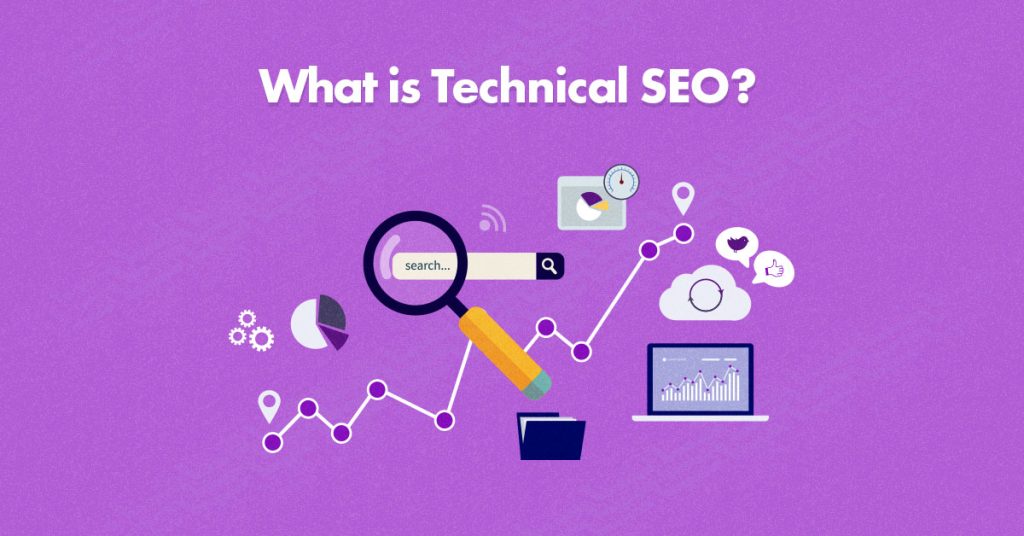LINK BUILDING FOR DOMAIN REGISTRARS & TECHNIQUES
LINK BUILDING FOR DOMAIN REGISTRARS: TOP 5 PROVEN TECHNIQUES In the going competitive era, domain registrar companies face a growing challenge, how to stand out in search results and attract high-quality traffic. That’s where link building becomes a game-changer. It’s not just about collecting backlinks; it’s about building authority, trust, and visibility. In this article, we’ll take you to the top 5 essential link building techniques for domain registrars, showing you how to earn strong backlinks, boost rankings, and drive consistent referral traffic. For customized link-building strategies tailored to your business, visit Skylineseo.pk, a trusted SEO partner for digital growth. WHY LINK BUILDING MATTERS FOR DOMAIN REGISTRARS Search engines rely heavily on backlinks to assess a website’s credibility. For domain registrar service providers, earning quality backlinks is vital because the industry is highly competitive. With hundreds of companies offering similar services, backlinks serve as digital endorsements that separate leaders from the crowd. KEY REASONS LINK BUILDING IS CRUCIAL: Higher Search Rankings: Quality backlinks help Google recognize your site as a credible authority. Increased Referral Traffic: Backlinks on niche-relevant blogs bring direct, targeted visitors. Brand Authority: Consistent mentions improve recognition and trust among potential customers. Better Conversions: A well-linked site earns confidence, which translates into sales. When done right, link building transforms your domain registration business from just another website into an authority hub. KEY UPDATES AND STATISTICS Quality over quantity: 94% of link builders believe quality is more important than quantity. High-authority, relevant links drive better results than mass, low-quality links. Competition increase: The link-building landscape is more saturated, with more marketers and companies investing in it, making it a more difficult but rewarding endeavor. Link building is a top SEO factor: Experts rank it as the third most important SEO factor, after content and keywords, demonstrating its continued relevance. Content is king: Long-form content (3,000+ words) earns significantly more backlinks than short-form content. Domain registrars should create in-depth guides on domain management, online security, or website building. AI’s influence: While AI is changing SEO, backlinks are still seen as vital. 73.2% of experts believe backlinks influence a website’s chance of appearing in AI search results, and 58% believe link building will always be essential. Diversification is crucial: Diversifying referring domains is more important than simply having a large number of total backlinks, as it shows a broader range of authority. Modern strategies: Old tactics like cold outreach and simple link exchanges are failing. The most effective strategies involve building relationships and creating unique value through content. TECHNIQUE # 1. GUEST POSTING FOR DOMAIN REGISTRAR INDUSTRY Guest posting remains one of the most effective domain registrar link building techniques in 2025. By contributing high-quality articles to industry-related websites, you not only gain backlinks but also showcase your expertise. HOW TO DO IT RIGHT: Identify relevant platforms: Target web hosting, tech, and digital marketing blogs. Craft valuable content: Focus on informative topics like “How to Choose the Best Domain Registrar” or “Trends in Domain Registration.” Include contextual links: Use natural anchor text such as “domain registrar SEO link building checklist.” PRO TIP: Avoid over-promoting your services. Instead, deliver real value and subtly link back to your own resources or service pages. When done consistently, guest posting can generate authority backlinks for your domain registration business, boost referral traffic, and strengthen brand visibility. 2. DIGITAL PR AND LINK OUTREACH Digital PR combines storytelling with outreach. For domain registrar companies, this means creating newsworthy content that earns backlinks from media outlets, tech websites, and influencers. IDEAS FOR DIGITAL PR CAMPAIGNS: Data-driven reports: Publish insights about global domain trends, TLD statistics, or business adoption rates. Expert opinions: Offer commentary on cybersecurity or domain ownership trends. Case studies: Share success stories of businesses that grew after choosing your registrar service. OUTREACH STRATEGY: Create a compelling story or report. Build a list of journalists, bloggers, and niche influencers. Personalize each email — avoid generic templates. Follow up politely after 3–5 days. When you position your company as an industry expert, media outlets naturally link to your domain, building valuable authority backlinks that boost your entire SEO strategy. 3. STRATEGIC PARTNERSHIP & AUTHORITY BACKLINKS Networking can be as powerful as outreach. Building strategic partnerships with web hosting firms, SaaS providers, or digital marketing agencies can lead to a steady stream of quality backlinks. ACTION STEPS: Co-author resources: Create joint blog posts, webinars, or infographics. Exchange mentions: Feature each other’s brands naturally where relevant. Offer affiliate collaborations: Reward partners who link to and promote your services. Such partnerships not only diversify your domain registrar backlink profile but also drive referral traffic from aligned audiences. For expert support in planning and executing high-impact link partnerships, you can always rely on Skylineseo.pk. Our team specializes in backlink strategies that deliver measurable authority and long-term visibility. 4.CONTENT MARKETING FOR LINK ACQUISITION A solid content marketing strategy acts as a magnet for backlinks. When your content provides unique data, insights, or tools, people naturally want to reference it. EFFECTIVE CONTENT TYPES FOR DOMAIN REGISTRARS: How-to Guides:g., “How Domain Registrars Can Build High-Quality Backlinks.” Checklists:g., “Domain Registrar SEO Link Building Checklist.” Tools & Resources: Domain name generators, cost calculators, or comparison charts. Educational Videos: Tutorials explaining DNS management or SSL setup. Use clear formatting, visuals, and concise language. Share your content on social media and niche forums to increase exposure. When your posts start attracting organic backlinks, they reinforce your authority and help your site rank higher for competitive keywords like “link building for domain registrar service providers.” 5.AUDITING & OPTIMIZING YOUR BACKLINK PROFILE Earning backlinks is just the beginning; maintaining them is equally important. Regularly auditing your domain registrar backlink profile ensures that all links remain relevant, active, and beneficial. CHECKLIST FOR A BACKLINK PROFILE AUDIT: Identify and remove spammy or low-quality links. Analyze referring domains for authority and topical relevance. Track lost links and attempt to reclaim them. Use tools like Ahrefs, Moz, or SEMrush for comprehensive reports. A healthy backlink profile strengthens your site’s reputation, minimizes penalties, and helps you focus






